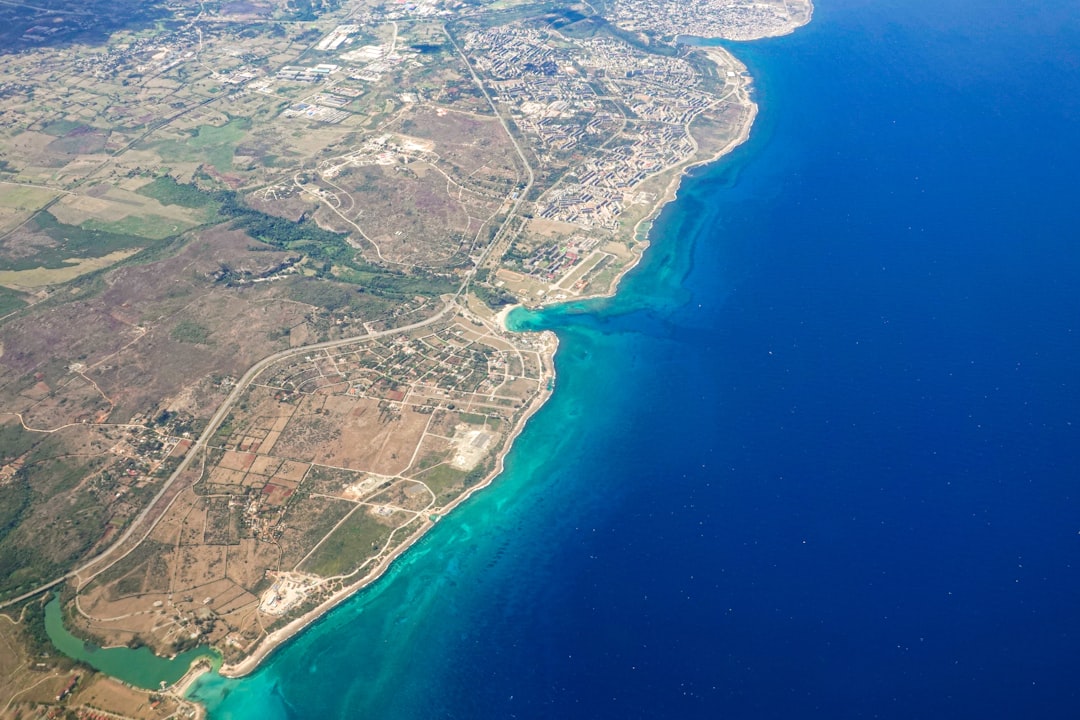What is it about?
Mycobacterium tuberculosis (Mtb) has encountered varied geographic environments and host populations during its global dispersal. The question remains that whether different host populations would have different selective pressures on this pathogenic bacteria. This study investigated the population genomics of Mtb on the Tibetan Plateau and provided direct evidence to support the model that Mtb is adapting to local host populations.
Featured Image

Photo by Daniele Salutari on Unsplash
Why is it important?
The global distribution of different Mtb lineages is very structured, with a few lineages that are globally widespread, whereas many others are restricted to particular geographic regions. Although local adaptation has been a favored model for explaining the sympatric relationship between the bacteria and host in these geographic regions, this has been difficult to study. Human migration has led to intermixing of ethnicities and has disturbed the bacterial population structure, thereby masking the putative genetic determinants that may have evolved from selection pressures in a given region. Here, by analyzing the genomes of hundreds of Mtb strains sampled from the relatively isolated population of Tibetan, we provide genetic evidence that Mtb can evolve to adapt to local populations and environments.
Perspectives
The interaction between pathogenic bacteria and their hosts at large time scales is an appealing topic since the consequences of this interaction determine the pathogenicity and prevalence of the bacteria. However, this topic is also difficult to address because the bacteria could have multiple ecological niches or the intermix between different host populations would interrupt the interactions. This study took the advantage of the "relatively isolated status" of the Tibetan population and investigated the adaptation of Mtb to the local host population during the past hundreds of years.
Dr. Qingyun Liu
Harvard University
Read the Original
This page is a summary of: Local adaptation of
Mycobacterium tuberculosis
on the Tibetan Plateau, Proceedings of the National Academy of Sciences, April 2021, Proceedings of the National Academy of Sciences,
DOI: 10.1073/pnas.2017831118.
You can read the full text:
Contributors
The following have contributed to this page










